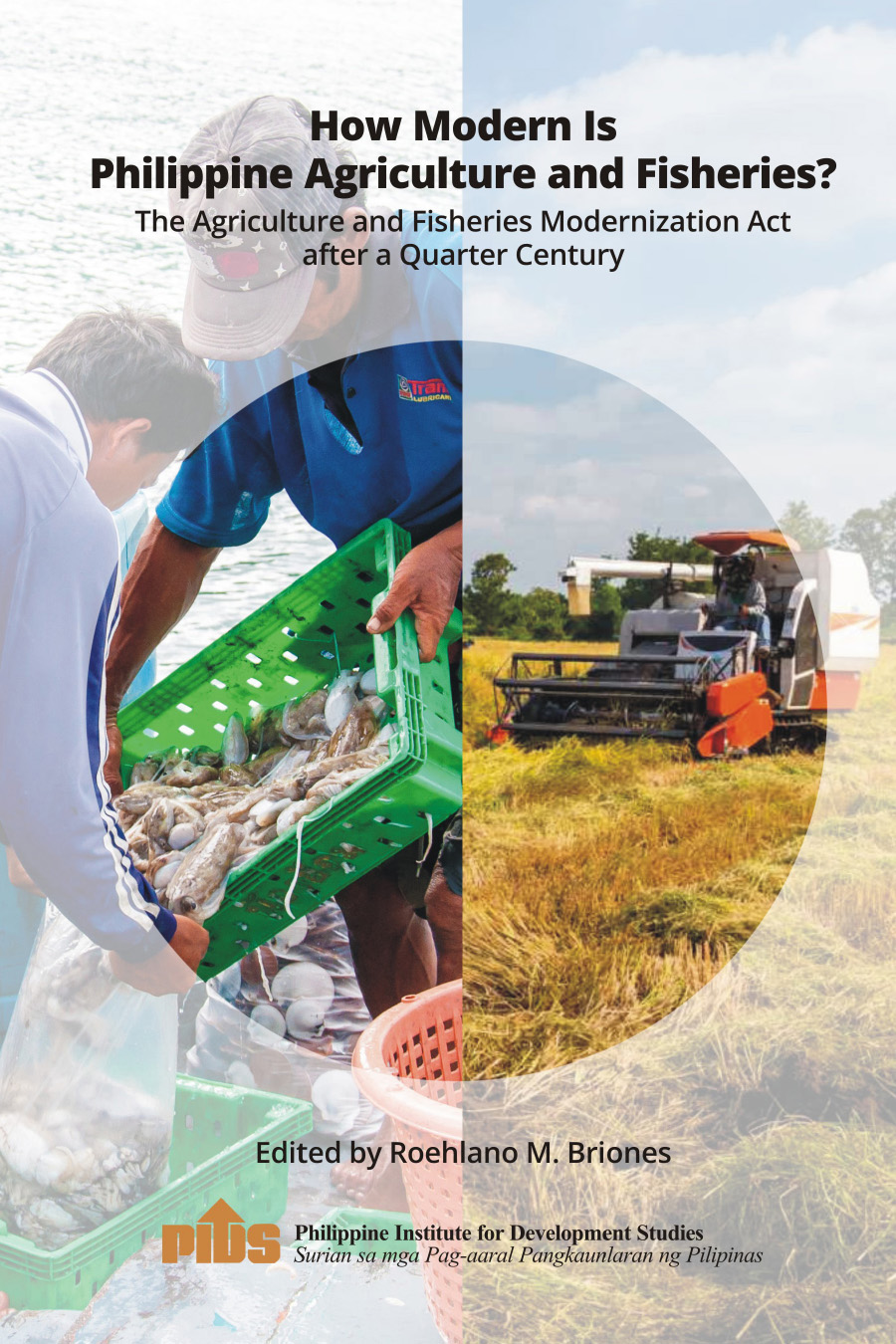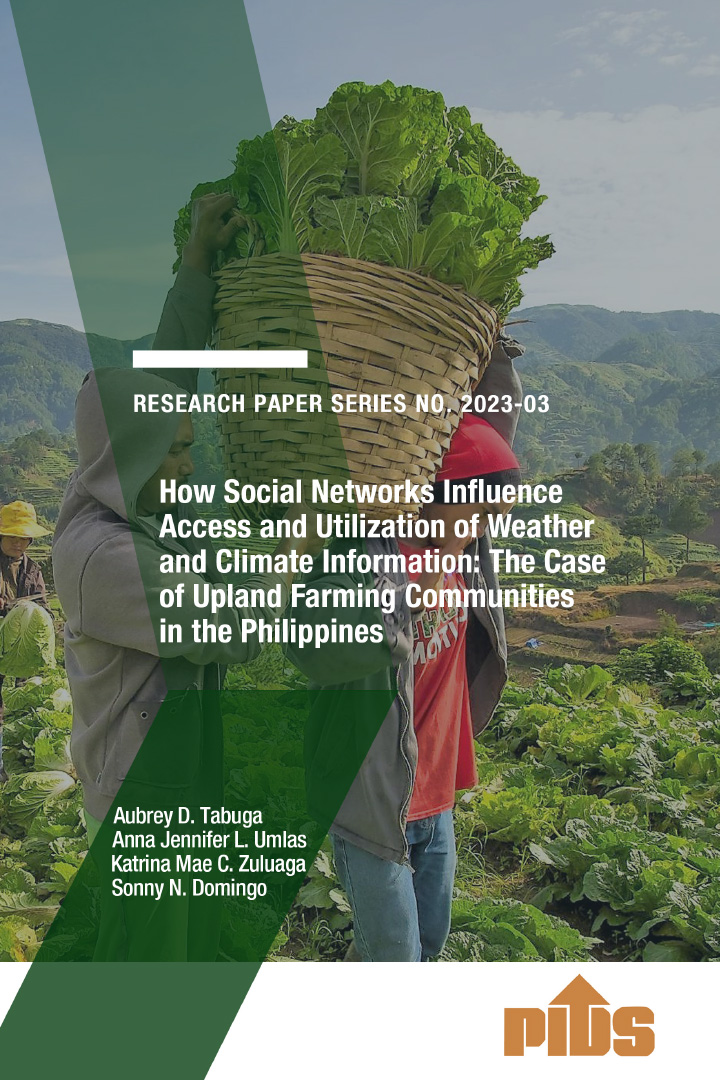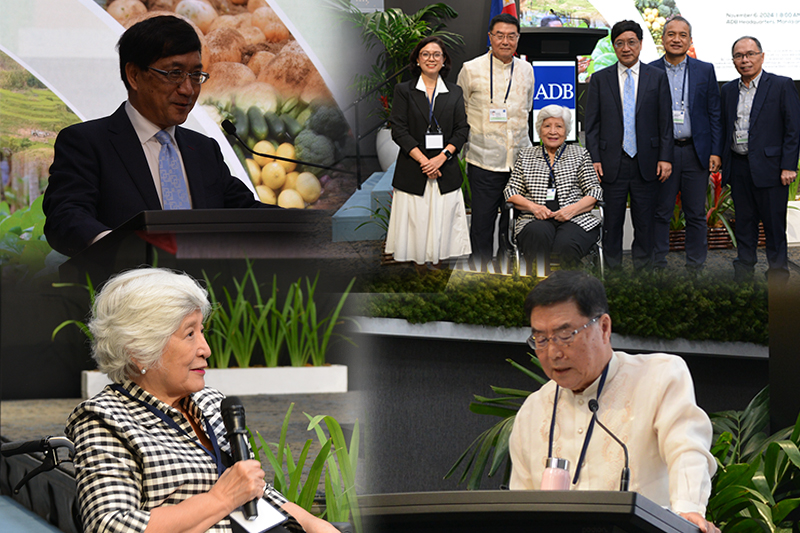Agriculture Assistant Secretary Federico Laciste said in a joint statement the partnership with IRRI was crucial in developing a national strategy for rice farming and uplifting the lives of Filipino farmers.
Laciste, who is also deputy director of the DA’s national rice program, said local farmers needed to produce palay at a minimum of seven tons a hectare at P7 a kilogram, in order to be competitive.
Currently, the productivity of rice farms nationwide is pegged at an average of 3.9 tons per hectare at a cost of about P12 per kilo.
Farmers in neighboring countries like Thailand and Vietnam—both among the world’s largest exporters of rice —produce at an equivalent of just about P6 a kilo, thanks partly to government subsidies.
Economists, both in the academe and at state-run think tank Philippine Institute for Development Studies, have raised the alarm about farmers losing out to lower-priced imports when import curbs are removed by the middle of this year.
The DA is pushing for the implementation of such curbs —through quantitative restrictions, a special mechanism approved by the World Trade Organization that will expire on June 30—by at least two more years to help the local industry be better-prepared for competition.
“We have plenty of work to do pertaining to rice,” Laciste said.
Collaboration between the DA and IRRI include projects that use the latest technology and scientific knowledge in rice production such as the web-based decision support tool for precision farming called Rice Crop Manager, and satellite-based rice forecasting and monitoring system called Philippine Rice Information System.
There are also the Green Super Rice program that promotes climate-smart varieties; Heirloom Rice Project; the irrigation management tool called WateRice; mechanized seeding and improved postharvest storage systems such as the solar bubble dryer; as well as Project IPaD and IRRI Education that build a new base of community extension officers.//
DA, IRRI join forces to boost rice output












